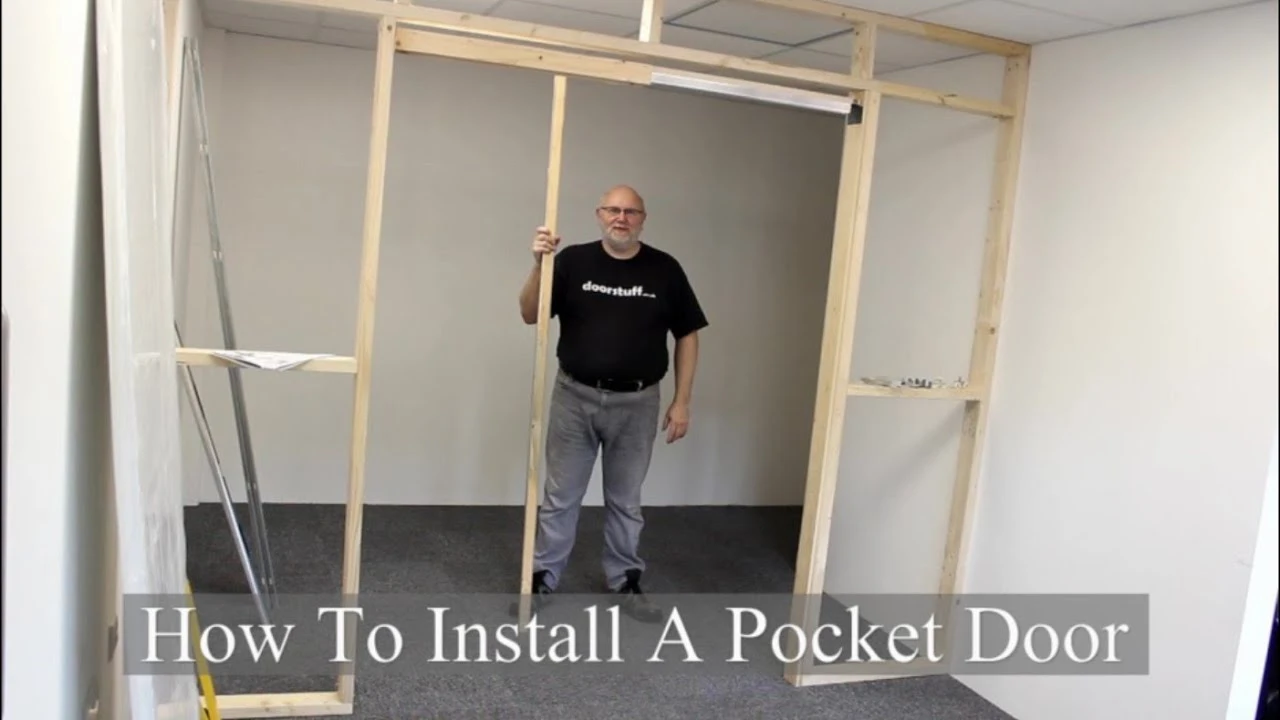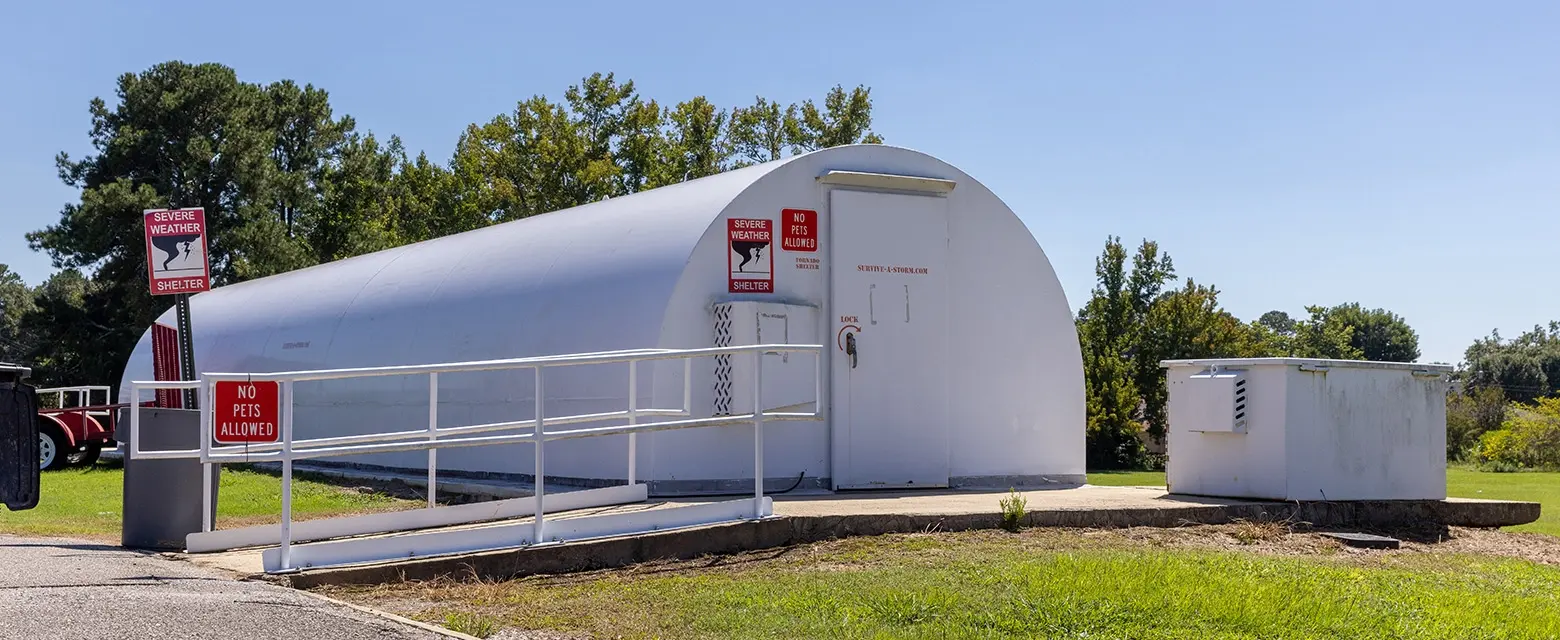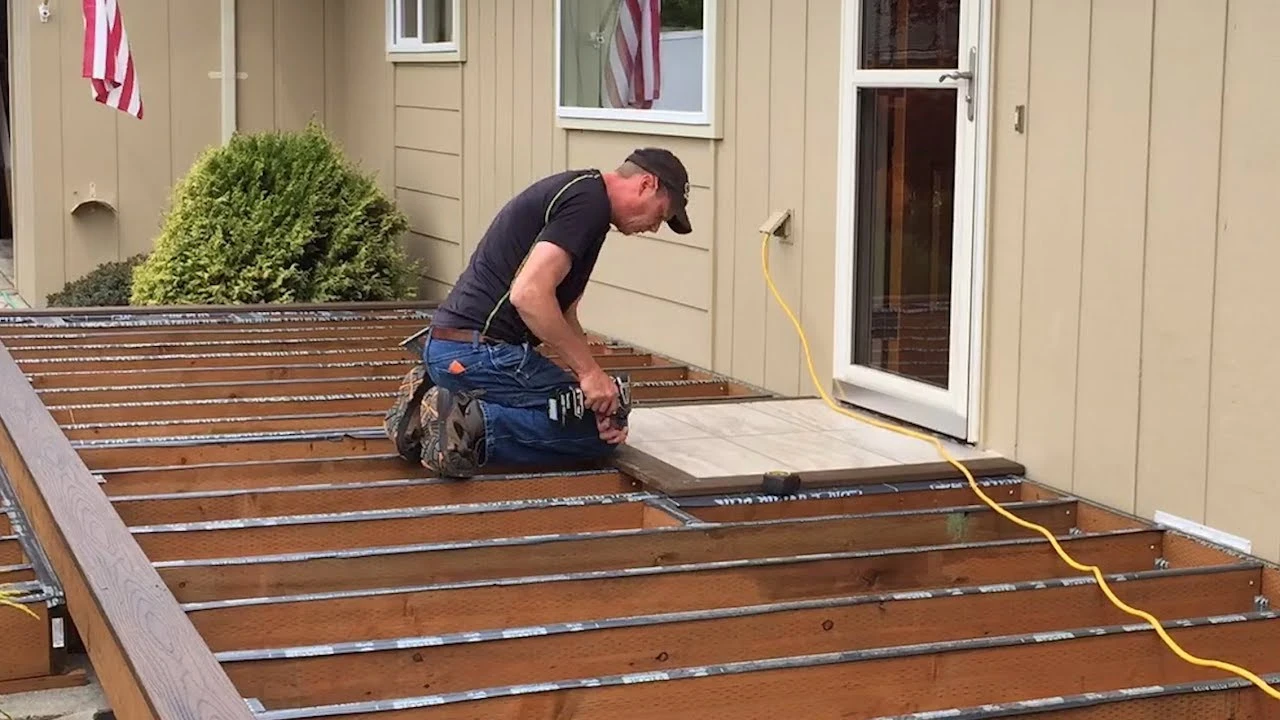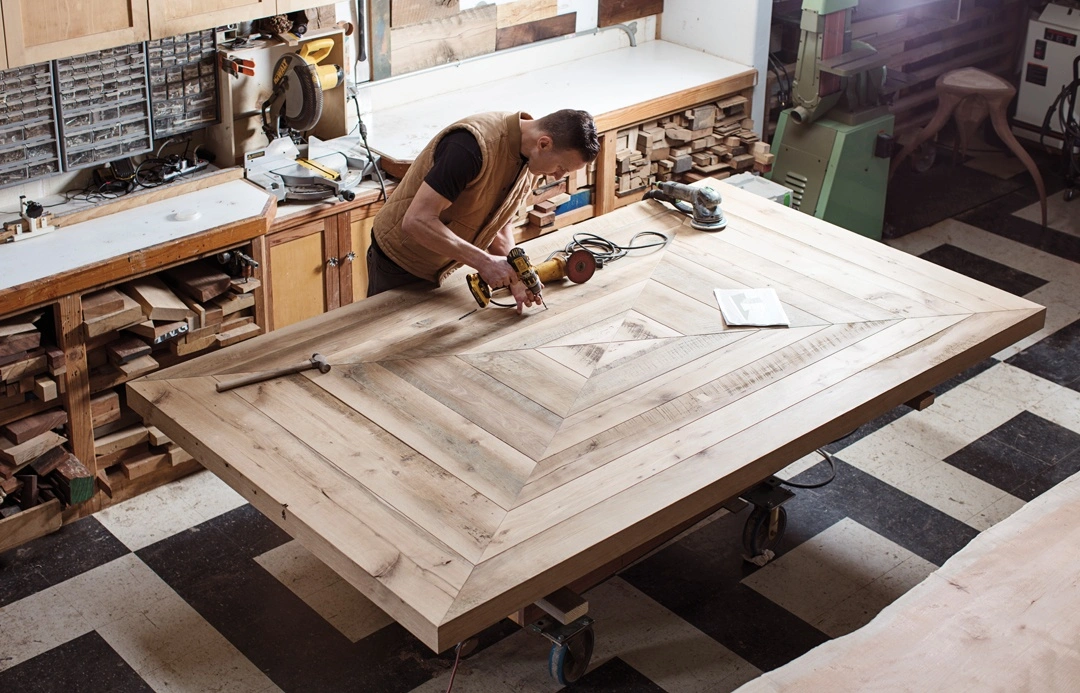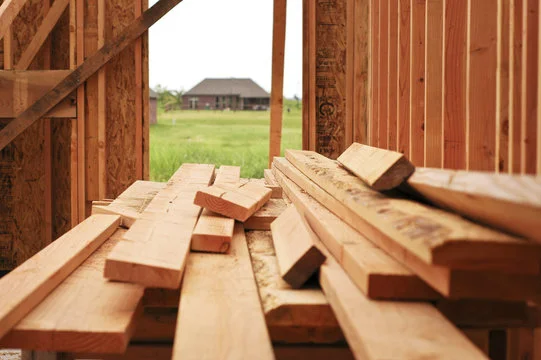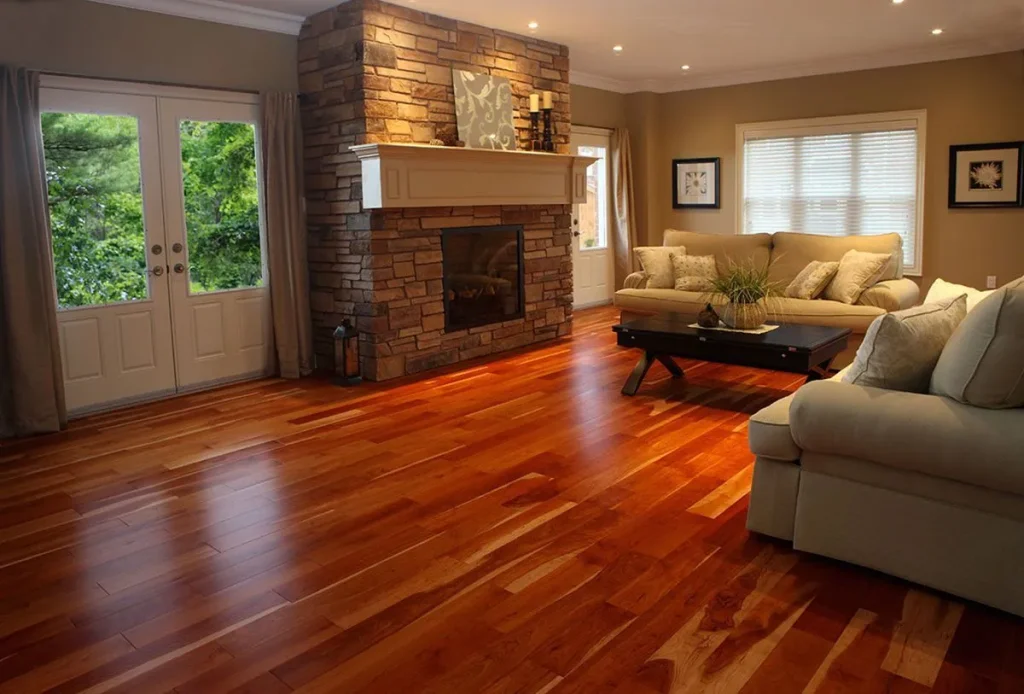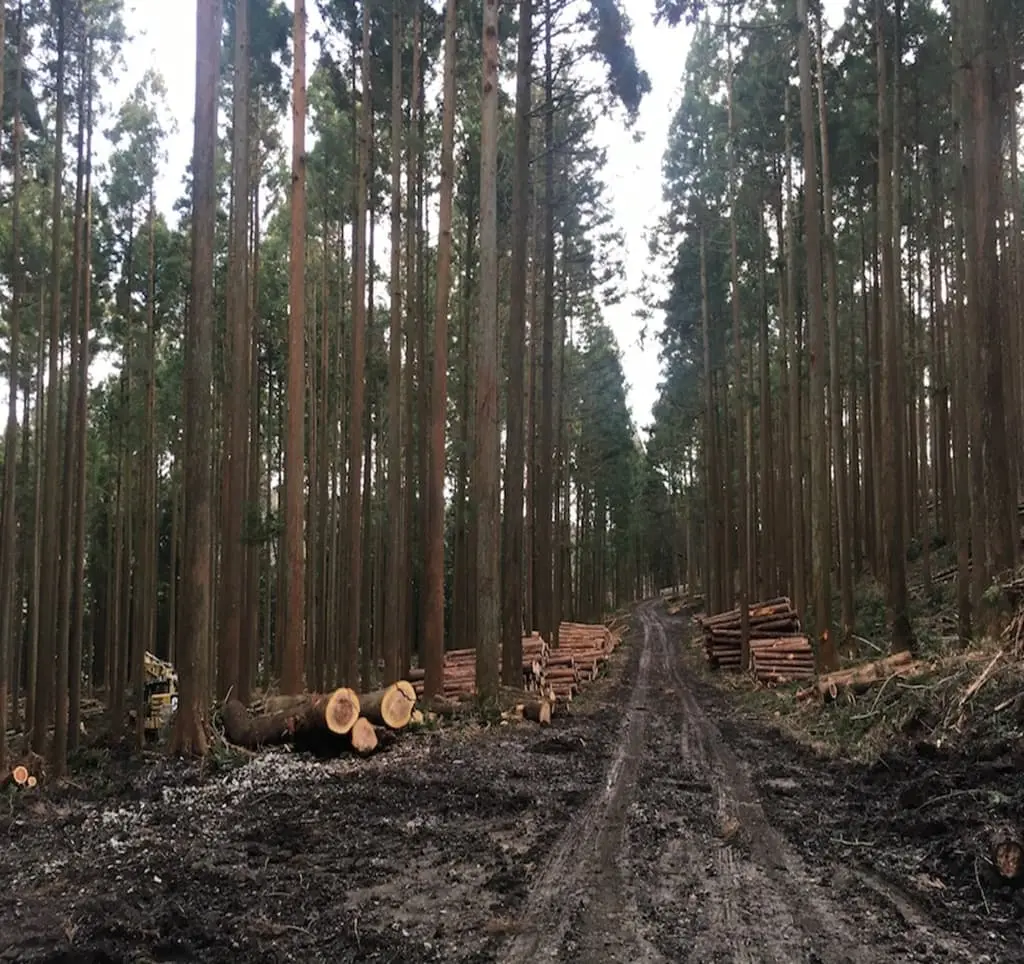Ever wondered what is Whitewood board and why so many DIYers and builders reach for it? Whitewood isn’t a single species but a grab-bag of pale, affordable softwoods like spruce, pine, or fir. It is often sold together as SPF lumber.
Although it’s softer and lighter than hardwoods, it’s prized for being cheap, easy to cut, straight-grained, and painting-friendly. In this blog, you’ll learn what whitewood really is, the most common species behind it, plus where and why it shines and where it doesn’t.
What is Whitewood Board?
Whitewood board is a general term used in the lumber industry to describe a group of light-colored softwoods. These are commonly available and easy to work with. Whitewood board is further classified into several species that are marketed as SPF collectively.
These boards are lightweight, straight-grain, and budget-friendly in appearance. The name “whitewood” isn’t scientific. On the contrary, it refers to the pale appearance and general workability of the wood and not just a tree. While whitewood is included in the softwood category, it provides decent structural integrity.
This type is popular among beginners, hobbyists, and anyone working on a budget. However, it’s not all pros when it comes to softwood. This category is more prone to moisture damage and dents, which is why they should be used in dry, indoor environments or properly sealed applications.
Types Of Whitewood And Their Uses
There are a few go‑to types of whitewood boards that contractors use for structural projects. Every one of them offers a different mix of strength, workability, and value. We will streamline some of the top ones for your better assessment.
Fir
It is usually sold as Douglas fir or hemlock fir. This type of board is a sturdy big sibling in the whitewood clan with tight and even annual rings. These rings give the board surprising strength for a softwood. Moreover, carpenters love the way a saw glides through it without shredding the grain.
Lumber mills can cut long, knot-free lengths, all thanks to their tall and long growth. Also, fir resists twisting and holds nails with a confident grip, which makes it the perfect choice for wooden floors. If you don’t want squeaky floors, this is your best shot!
A con associated with fir is that it does not shrug off rain like cedar. Thankfully, a good exterior primer and paint is its best fix. It keeps the boards safe from harsh conditions and makes them ideal for porch columns or outdoor benches. When it comes to indoor construction, fir boards are used in extensive applications. These include stairs, built-in shelving, and even musical soundboards where resonance matters.
Seasoned builders often pick fir studs for basement walls. Out of all other whitewood types, this one resists moisture damage significantly. Humidity swings down in the basement are brutal, yet the wood stays obedient. The best part is that it glues well with PVA and takes screws without splitting.
Uses of Fir
Contractors rely on fir for load-bearing studs, beams, and subfloor supports where a little extra muscle is welcome. Trim carpenters reach for it when they want crisp painted stair rails or porch posts. Furniture makers like its warm glow. So, it is widely used in rustic tables, benches, and sturdy bunk bed ladders.
Pros of Fir
- Fir has superior strength among common whitewoods for structural spans.
- Boards stay straighter over time because of consistent grain orientation.
- It nails and screws securely with fewer splits when pre-drilled.
- Paint and clear finishes adhere smoothly for a refined look.
Cons of Fir
- Fir remains softer than hardwoods and can dent under heavy traffic.
- An untreated fir will discolor and degrade when exposed to prolonged moisture.
- Resin pockets can exude pitch that stains finishes if boards are not kiln-dried.
- The price per board is usually higher than comparable pine or spruce.
Pine
Pine, especially eastern white pine or southern yellow pine, is the middle sibling in the whitewood family. It’s stronger and denser than spruce yet stays easy to work with. Its pale straw to golden tones are classic in rustic furniture and kitschy crafts. Pine dries fast, cuts clean, and accepts glues or paints almost instantly.
The said type is common in trim, shelving, and lightweight furniture. Though knots are more frequent in them but their quirks add charm. Pine is still soft compared to hardwoods, so dents happen, but for stained or painted pieces inside the home, it’s hard to beat. When properly treated, pine can even handle deck boards, fence pickets, or garden beds.
Also read: 5 Basic Classifications of Lumber Types & Applications
Uses of Pine
Great for painted furniture, rustic shelving, interior trim, picture frames, kits, and DIY crafts. When treated, it steps into light deck boards, outdoor flower boxes, fence slats, and shed framing.
Pros of Pine
- Moderately strong and denser than spruce
- Easy to cut, glue, and shape for furniture or decorative uses
- Readily available and affordable
- Accepts stain or paint with even coverage
- Pressure treatment adds moisture and insect resistance
Cons of Pine
- Softness makes it dent or scratch under regular use
- More knots than spruce or fir can weaken structural applications
- Susceptible to warping or shrink‑swelling if moisture fluctuates
- Without treatment, it decays fairly quickly outdoors.
Spruce
Spruce is the featherweight champion of the lumber aisle. This type is prized for its pale straw color and silky grain that planes like butter. It arrives with an even moisture content. That consistency lets studs stay upright after installation instead of warping and twisting
The light density also means a full armload of eight-foot boards. It makes the weekend framing jobs easier on the back. Spruce also soaks up glue and paint like other softwood types. That’s why craft builders reach for it when whipping up display cases, stage props, or decorative trim.
Remember that bare spruce will weather in a heartbeat. However, when pressure-treated or wrapped in a good finish, it can serve in garden planters and pergola slats without complaint. The primary reason for that is its plentiful and fast growth. Moreover, spruce carries an eco-friendly badge for budget builders.
Uses of Spruce
Spruce boards shine in interior framing, subfloor sleepers, and craftwork that needs a crisp paint coat rather than a showy grain. Lightweight planks become shelving carcasses, storage cubes, and exhibition booths. When pressure-treated, spruce can brave raised garden beds, fence pickets, and temporary outdoor stages with minimal fuss today.
Pros of Spruce
- Spruce is widely available in standard dimensions almost everywhere.
- The wood is extremely light. It simplifies transport and handling.
- Straight grain allows clean cuts.
- It bonds well with glue. It also accepts paint and stain evenly.
Cons of Spruce
- Bare spruce has almost no natural decay resistance and rots quickly outdoors.
- Boards can dent or bruise easily under impact because of their low density.
- Moisture changes cause spruce to warp faster than denser softwoods.
- Surface resin pockets may bleed through finishes if not sealed first
Maple
Maple stands out as the unexpected guest in the whitewood grouping. It’s actually a hardwood prized for brightness and fine grain. Most often, it’s sapwood that appears nearly white and may be labeled “whitewood” for its color, even though it is much denser.
Maple boards have crisp, straight grain or even wild figures like birdseye or curly patterns in premium cuts. It’s hard to resist dents and wear, making it ideal for flooring, butcher blocks, cabinetry, and musical instruments. Maple machines cleanly, sands silky smooth, and finishes rich, even without stain.
Though more expensive than classic SPF woods, its durability and visual appeal can justify the cost. Maple isn’t often sold as construction whitewood, but when used in fine woodworking or light structural elements, it brings elegance and strength where softer woods fall short. It’s the designer option in a mostly DIY lineup.
Uses of Maple
Maple boards are perfect for flooring, kitchen cabinetry, cutting boards, butcher blocks, musical-instrument tops, fine furniture, window frames, and high‑wear surfaces.
Pros of Maple
- Hard and wear‑resistant handles withstand heavy use without denting.
- Fine, uniform grain that sands and finishes beautifully.
- Excellent for stain or clear coatings.
- Ideal for instruments, butcher blocks, and resilient surfaces.
Cons of Maple
- Much more expensive than typical whitewood choices.
- Very dense can dull cutters and take more effort to machine.
- Limited availability in the SPF retail section.
- Sapwood can stain or discolor if storage and drying aren’t perfect.
Advantages Of Whitewood Board
Now that you know what is Whitewood board and its types, let’s move on to its advantages. Whitewood boards are loved for being lightweight and surprisingly versatile. However, those are not the only perks brought along by the softwood type.
It doesn’t really matter what the project is. You could be building a bench, or crafting a DIY shelf, whitewood will always make the job easier and cheaper. In short, it’s the no-fuss friend of the lumber aisle. Here are the primary advantages of choosing whitewood boards for construction projects.
- Extremely budget-friendly
- Pale color ranging from creamy white to light yellow
- Soft and lightweight, easy to handle and cut
- Straight grain with occasional knots
- Easily accepts paint, stain, and finishes
- Readily available at most lumber retailers
- Comes in a variety of sizes and grades
- Often has a smooth, planed surface for immediate use
| Property | Fir | Spruce | Pine | Maple |
| Wood Type | Softwood | Softwood | Softwood | Hardwood (sometimes labeled whitewood) |
| Color | Light brown with red hue | Pale yellow to white | Creamy white to light golden | Very light cream to pale tan |
| Grain Pattern | Straight and tight | Straight, subtle | More knots, varied | Uniform, tight, sometimes figured |
| Hardness (Janka) | 660 lbf | 510 lbf | 380–870 lbf (depends on type) | 1450 lbf |
| Best Uses | Structural framing, beams | Indoor framing, crates | Shelves, trim, light furniture | Butcher blocks, cabinetry, flooring |
| Paint/Stain Reaction | Paints well, slight blotch with stain | Very paint-friendly | Accepts paint/stain easily | Needs conditioner for stain, finishes beautifully |
| Moisture Resistance | Moderate with sealing | Poor unless treated | Moderate if treated | Naturally more resistant |
| Durability | Higher than spruce or pine | Least durable in wet areas | Moderate | Excellent |
| Workability | Easy to cut, minimal splinter | Easy to machine, glue | Easy to saw, more knots | Dense, clean cuts but harder to work |
| Cost Range | Mid | Low | Low to mid | High |
| Available as Rough Cut? | Often in framing yards | Occasionally | Yes, especially locally | Yes, in hardwood lumber yards |
Whitewood vs Hardwood: What’s the Real Difference?
Whitewood is not a single species, so the quality and characteristics can vary. The moisture content of whitewood boards is often higher (15 to 20 percent).
On the contrary, most hardwoods are kiln-dried to below 10 percent. This makes whitewood ideal for interior and DIY projects. But if you need durability, natural beauty, or high-end finishes, go for hardwood. Its examples are Cherry wood, Ash, and Oak. Here are some primary factors for better assessment:
Hardness and Density
Let’s talk about toughness. Hardwood trees like cherry wood, ash, and oak take their sweet time growing. That slow pace packs their wood tight, which makes it dense and super sturdy. You can actually measure that strength using something called the Janka scale. Most hardwoods land well above 1200 pounds of force.
On the contrary, whitewood is much softer. It is around 400 to 700 on that same Janka scale. That is why it is easy to saw through and also to dent if you drop a hammer on it. It’s fine for projects that won’t see a lot of fierce work conditions. However, if you want something that lasts and doesn’t cry at the sight of a toolbox, hardwood’s the way to go.
Also read: 10 Facts About Purple Heart Wood Characteristics and How It’s Used
Moisture and Durability
Whitewood likes to hold onto water and not just a small amount, but a lot of it. That means when you bring it home and install it, it might bend, twist, or warp without much effort. If it is getting fixed on a wall or a hidden frame, there won’t be a problem. But furniture or visible trim can be fatal for it.
Hardwoods are usually dried more carefully, sometimes in a kiln. That drying process keeps their moisture levels closer to what your home has. So once you cut and install them, they’re not going anywhere. There’s no shifting hassle. They act just like solid wood that stays put like a tree!
Finishes and Paint jobs
This is the place where hardwood shows off. It has a special color, grain, and that natural glow you just can’t fake. Hardwood cherry trees, for example, start out warm and red, then deepen beautifully over time.
Whitewood doesn’t really have that wow factor. It’s pale, plain, and it’s got knots. If you try staining them, it might come out blotchy unless you treat them first. So, most people just paint it and call it a day.
| Property | Whitewood (SPF mix) | Hardwood (ash, cherry, oak) |
| Color | Pale cream or yellow | Natural reds, browns, and tans |
| Grain | Straight with knots | Dense, attractive, decorative patterns |
| Hardness (Janka) | 400 to 700 lbf | 800 to 1500 lbf and up |
| Moisture content | 15 to 20 percent | 8 to 12 percent |
| Dimensional stability | Less stable, moves easily | Stable when properly dried |
| Best finish method | Paint or sealer | Stain, oil, or clear finish |
| Cost | Very low | Moderate to high |
| Best use cases | Framing, shelving, and painted trim | Furniture, flooring, and cabinetry |
Appropriate Scenarios To Use Hardwood and Softwood
If you are building something quick and cheap, go for softwood boards. These can be used in garage shelves, wall studs, or a frame that no one will ever see. Softwood is light, versatile, and if you mess up, you won’t feel bad about it because it costs less.
However, if you’re making something that’s going to be seen and used a lot, go with hardwood. It might cost more, but it is worth every penny!
Conclusion:
Whitewood boards are a perfect choice for small carpentry projects. This type of softwood bends easily and costs much less than other hardwood types. According to recent reports, its boards can range between $40 and $150. While this type of softwood has its obvious advantages in building, there are some big cons associated with it as well. If you want a sturdy option for furniture, you should start searching for how to get cheap hardwood.
If you do not want the hassle of finding the optimum site for lumber purchase, we can help! Our team is in contact with tons of ideal suppliers that provide high-quality boards at affordable rates. Contact us, and we will tell you where to buy rough cut lumber without breaking the bank.

